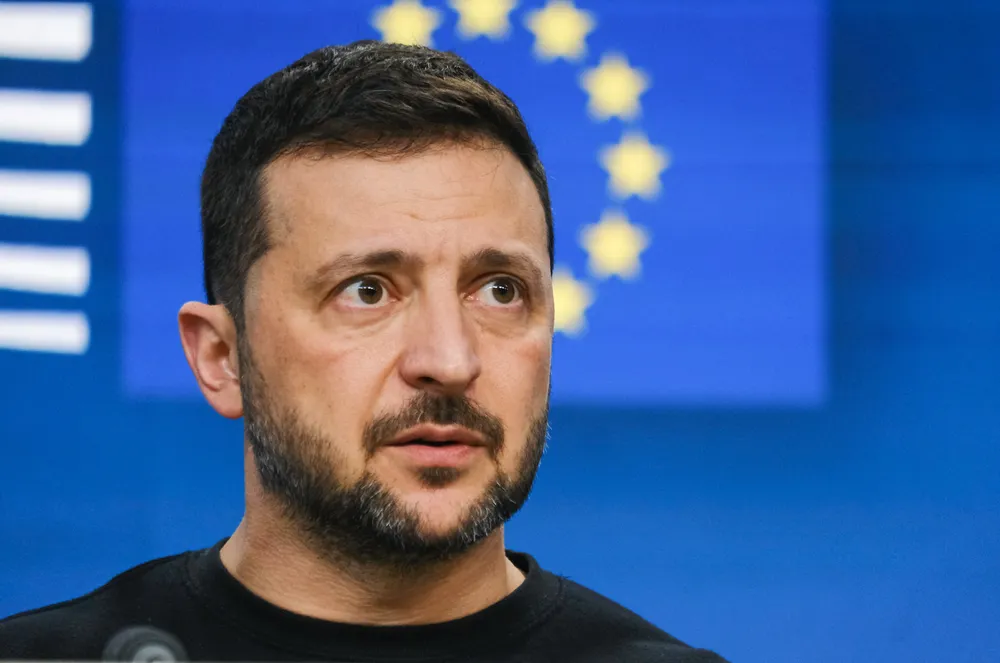‘Ukraine’s first wind auction failed – these five steps could fix the next one’
Persuading developers to build wind farms that could become future targets for Russian missiles is no easy task – but reforms to Ukraine’s auction process could help considerably

The 88MW pilot Contracts for Difference (CfD) round required at least two bidders to proceed, so no new capacity was tendered. The failure of this auction followed a developer no-show at an 11MW solar pilot round – although two entered a subsequent 11MW biomass round.
Despite this poor showing, Ukraine on 30 November announced it would proceed with a 250MW wind auction next year, along with a 33MW solar round and 47MW round for alternate green energy sources. 100MW of wind power will be tendered in April and 150MW more in July.
It set the maximum power price at €80/MWh ($84.19/MWh) for wind and solar and €120/MWh for alternate energy sources.
Persuading developers and investors that it is wise to spend millions building wind farms in Ukraine as Russia systematically destroys its power assets is no easy task. Difficulties include securing financing and war insurance for such risky projects and – a more familiar foe – lengthy permitting procedures.
One of the primary concerns investors have about building new renewables assets are the debts of Guaranteed Buyer – the perhaps not so aptly named government entity that purchases green power from producers – which Konechenkov said currently owes UAH38bn ($908m).
There are five other factors that Konechenkov said led to the failure of the pilot auction, which the government must fix to give its first full-scale round a fighting chance.
- Limited Quota: Although yes, it was a pilot, the size of the recent wind auction was “extremely small,” said Konechenkov, “falling far short of the substantial needs of Ukraine's power system or the expectations of investors.” 250MW must serve as a bridge to even larger rounds in the future.
- Quota Restriction: Current rules prohibit developers from bidding for more than 25% of the capacity on offer in an auction. This is “counterproductive and needs to be abolished,” said Konechenkov, adding that the rule “further restricts investors' ability to secure the necessary support for planned capacity development, making it harder to mobilise the investment required for long-term energy infrastructure.”
- Conflict of Interest: Ukrenergo, the national grid operator, should not be responsible for deciding on the size of auctions given its “inherent conflict of interest” as an entity that helps fund the transmission tariff and Guaranteed Buyer, said Konechenkov. Ukrenergo already faces a “chronic electricity transmission tariff deficit,” so has reason for caution about increasing the size of auctions. “As a result, the current process of quota allocation leads to consistently minimal quotas, hampering investment potential.”
- Ineffective CfD Mechanism: Power producers must currently pay back their profits to the Guaranteed Buyer each month, but given the entity’s huge debts, Konechenkov said there is “no guarantee that it will fulfil its payment obligations if the market price drops below the auction price,” which “undermines investor confidence.” Reform is needed, with one possibility being to start using a feed-in premium tariff.
- Instability of the Public Service Obligation (PSO) System: Ukraine has implemented PSOs to help protect consumers from sharp power price hikes and foster more renewables development. But the government has consistently failed to meet its PSO obligations and tried to change how the mechanisms work, said Konechenkov, and this lack of stability “creates further uncertainty and risks undermining investor trust.”
“The challenges facing Ukraine's energy sector are clear”, said Konechenkov. “Until the government addresses these systemic issues and creates a robust, transparent, and investor-friendly environment, the country will struggle to attract the investment needed to meet its energy needs and build a sustainable future.”
(Copyright)